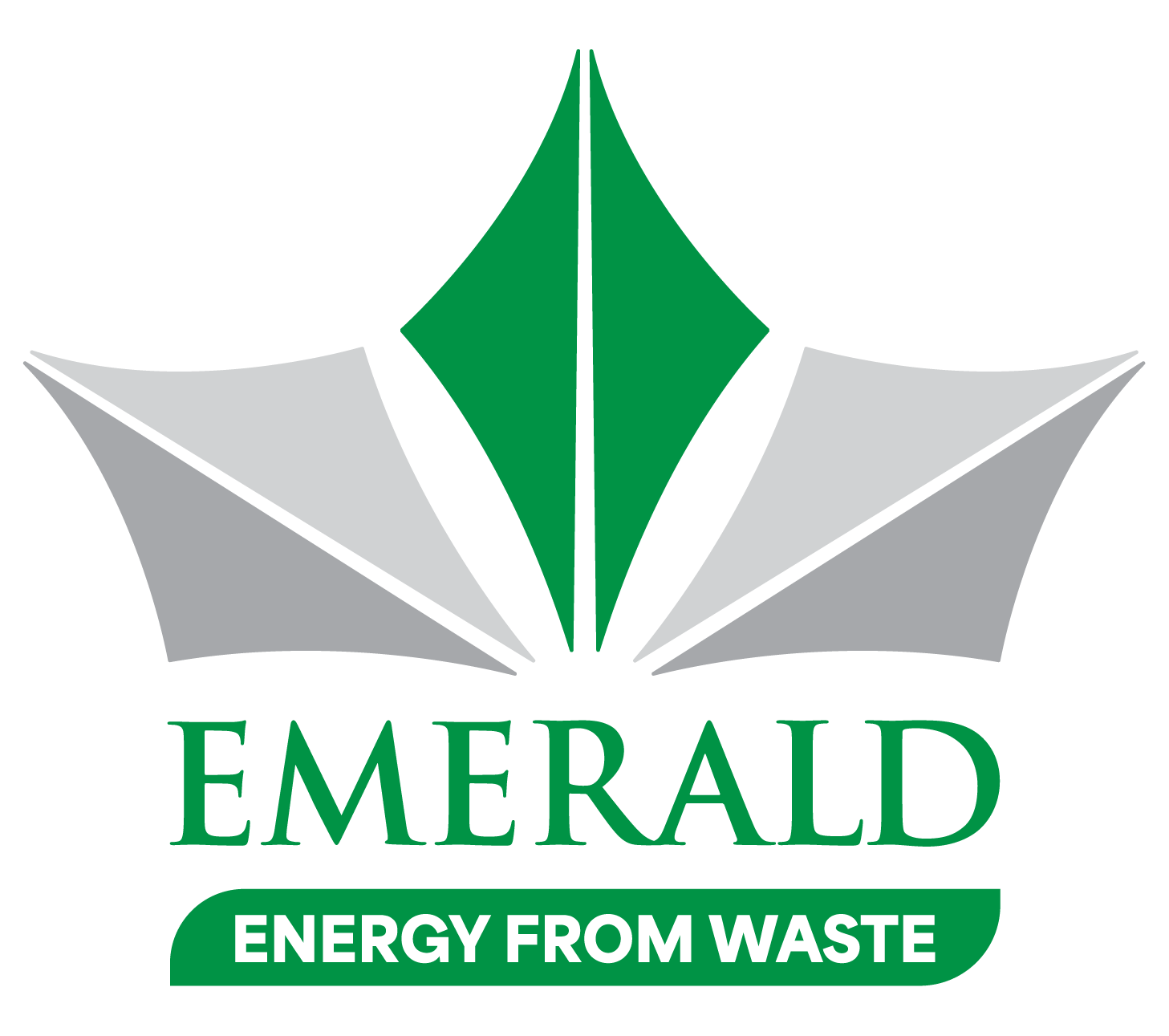Waste-to-energy (WtE), also known as energy from waste (EfW), technology faces public skepticism, often portrayed as a polluting alternative to landfill disposal. However, much of this concern stems from outdated information or misunderstandings of modern facilities and their role in waste management. However, energy from waste facilities like Emerald demonstrate how they serve as a clean, science-backed solution that complements recycling efforts.
Myth: Waste-to-Energy Facilities Releases High Levels of Air Pollution
A common myth is that thermal recycling releases high levels of pollutants into the air. Today’s plants operate under some of the most stringent environmental standards, which marks a significant improvement over decades-old incinerators. At Emerald, the facility is provincially licensed and subject to continuous emissions monitoring and annual reporting. As part of the redevelopment plan, we are working to find ways to provide real-time emissions monitoring for community and stakeholder transparency. The facility uses advanced thermal processing technologies that significantly reduce airborne emissions. Emerald’s modern Air Pollution Control (APC) systems include evaporating cooling towers, venturi reactors, baghouse filters, and a selective catalytic reduction system. This system captures over 90% of dioxins, furans, and particulates before they enter the atmosphere.
Myth: Waste-to-energy will Replace Recycling and Organics Diversion Programs
Another misconception is that energy from waste competes with recycling and organics programs, when it’s quite the opposite. EfW technology treats residual waste, the leftover fraction that cannot be recycled or composted. This category includes contaminated packaging, non-recyclable plastics, and complete composite materials. Emerald only processes non-hazardous, post-recycled waste, ensuring that recycling remains the priority when providing a valuable alternative to landfill disposal. The facility helps reduce landfill volumes and diverts materials that would otherwise generate methane.
Myth: EfW Practices Have No Climate-Conscious Benefits
The environmental benefits extend beyond just reduced emissions. Emerald’s redevelopment plans include increasing capacity from 500 to 2,500 tonnes of residual waste per day. This increase dramatically expands the facility’s ability to serve municipalities and reduce Ontario’s landfill dependency. Electricity generation also scales up from 10 MW to 100 MW per year, which is enough to power 60,000 average homes annually. Additionally, the plant will enhance resource recovery, extracting iron, copper, and aluminum from the landfill-bound bottom ash. By turning waste into a renewable energy source and extracting reusable materials from it, this process supports a circular economy.
Myth: EfW Facilities Undermine the Importance of Recycling and Organics Diversion Programs
It’s also worth noting the concern that energy from waste discourages the use of the 3Rs: Reduce, Reuse, and Recycle. However, municipalities in Sweden, Germany, and the Netherlands use energy from waste systems, but still have some of the highest recycling rates in the world. Emerald’s approach reinforces this model, ensuring energy from waste is the last stop in the waste hierarchy. EfW supports waste hierarchy diversion programs by safely managing what’s left over, generating clean energy, and reducing overall carbon footprint.
In conclusion, while concerns about EfW are understandable, the evidence shows that modern facilities like Emerald Energy from Waste are not harmful to the environment. They offer a climate-conscious, technologically advanced alternative to landfill disposal. By reducing methane emissions, recovering valuable materials, generating clean energy, and operating with transparency and regulatory oversight, Emerald is helping Ontario build a more sustainable, circular, and resilient waste system. It is time to update the conversation around energy from waste and recognize its crucial role in a cleaner future.


